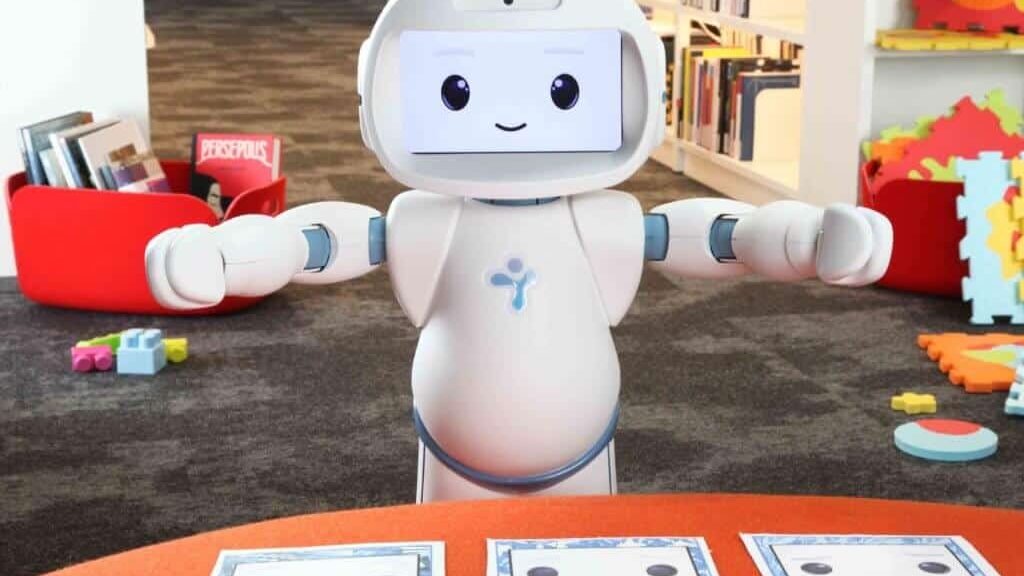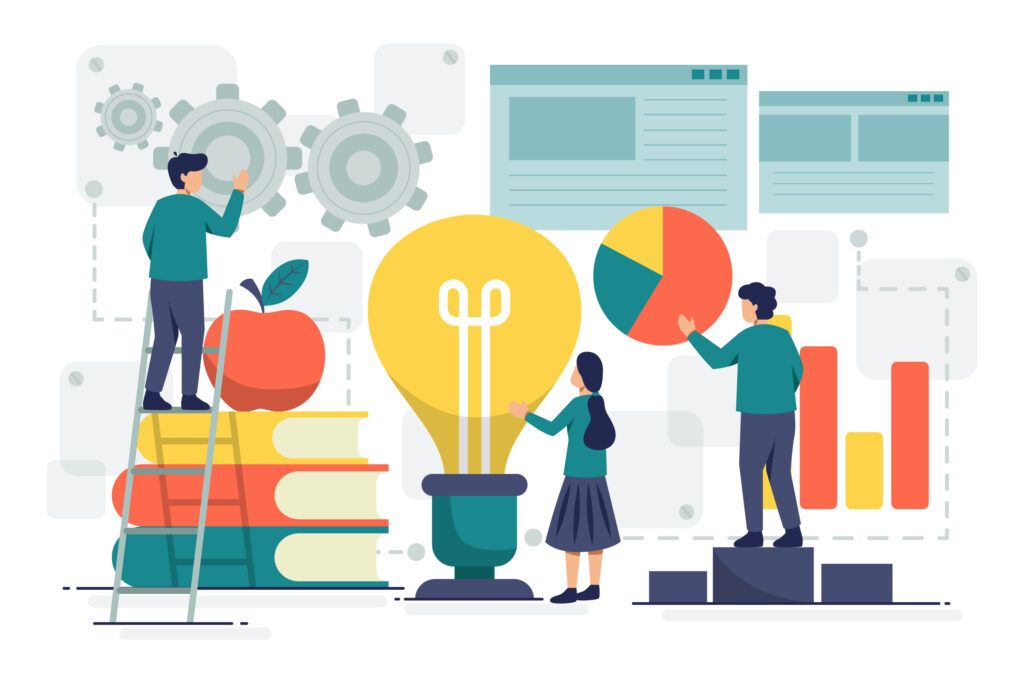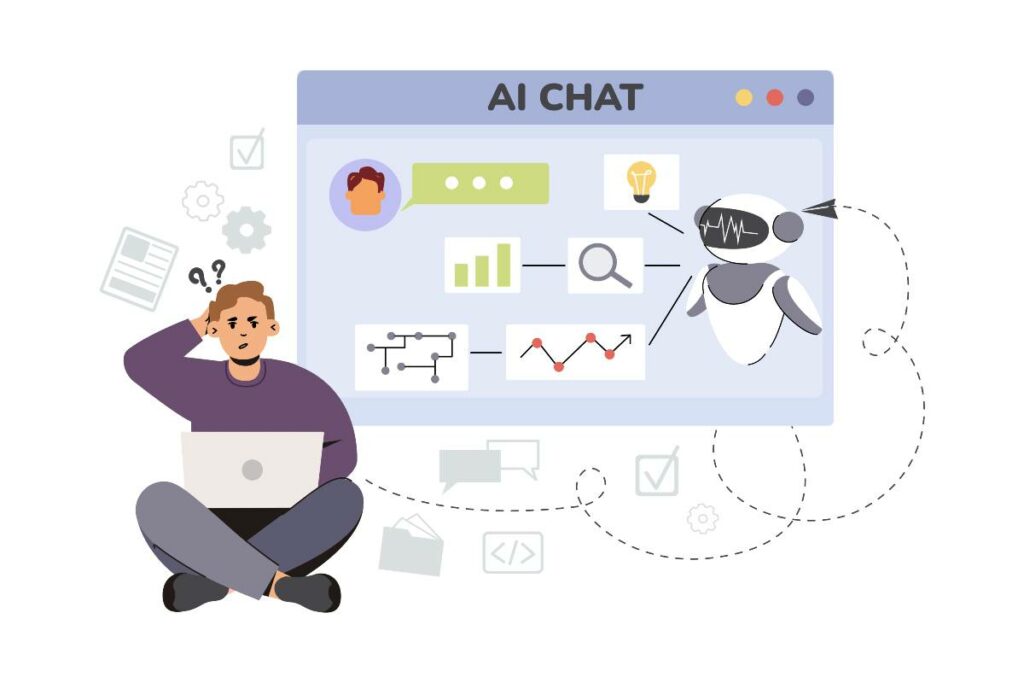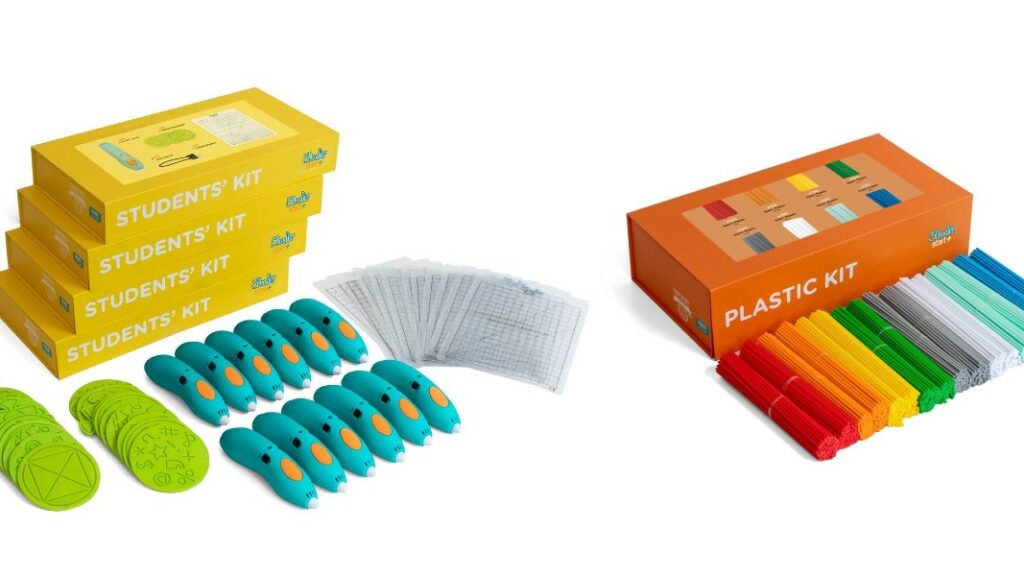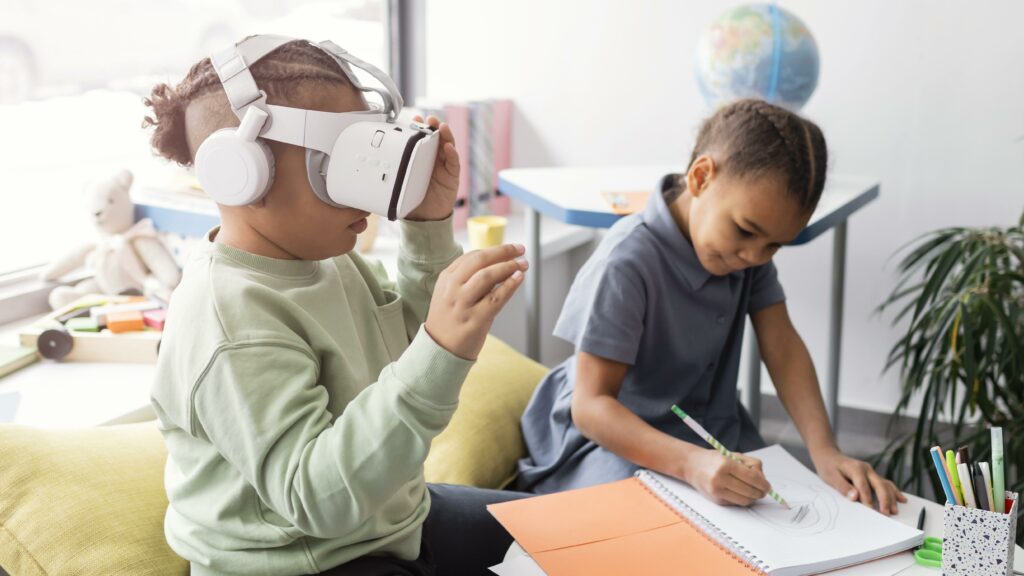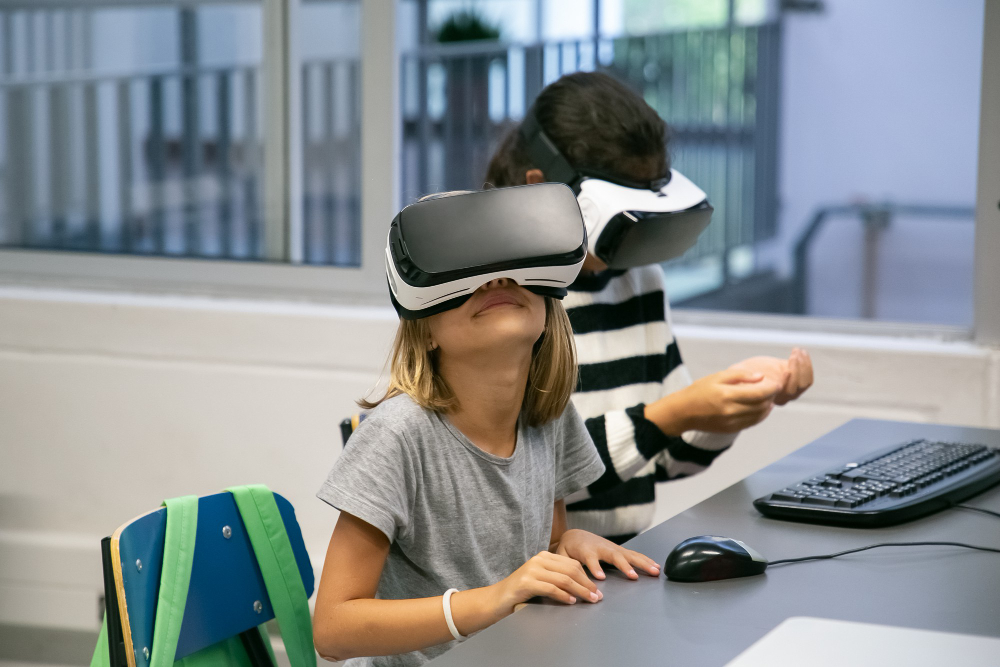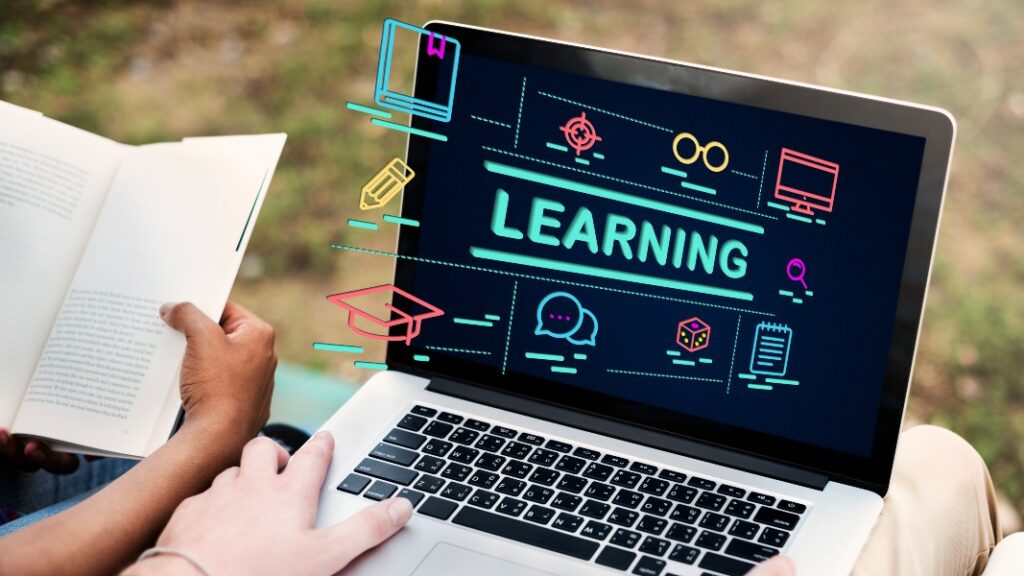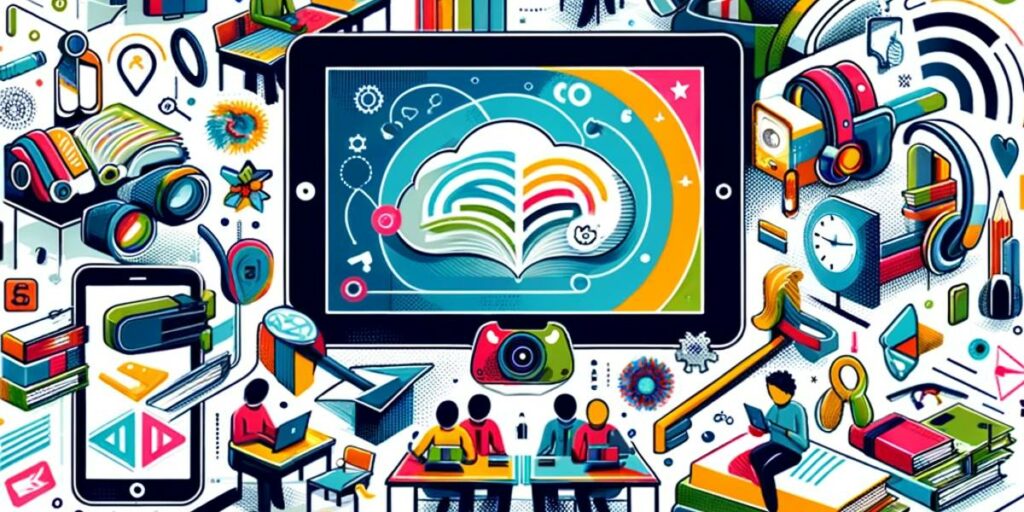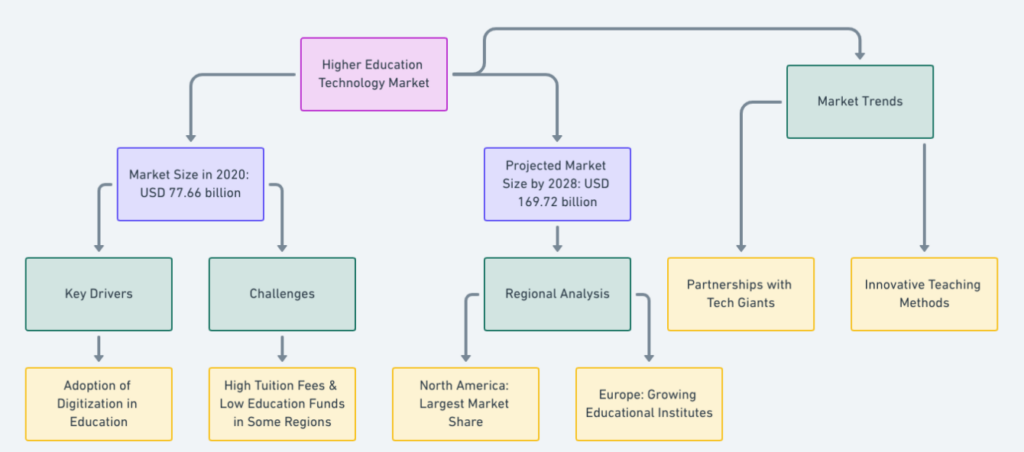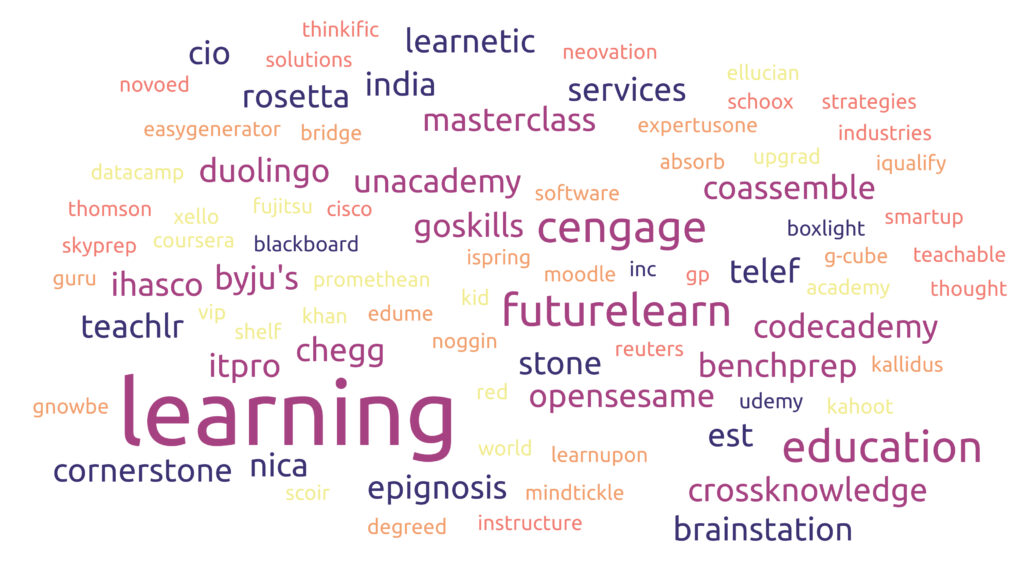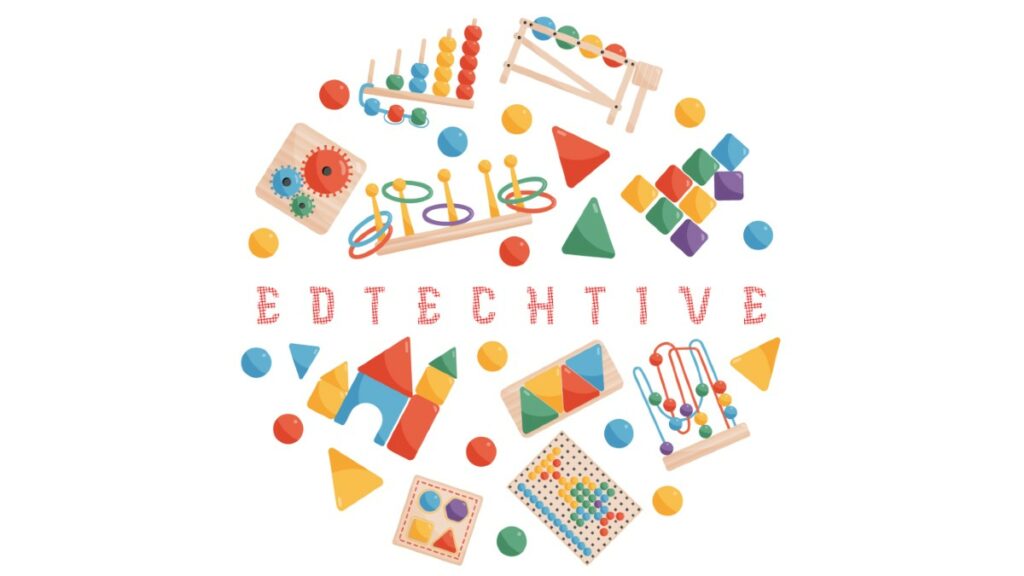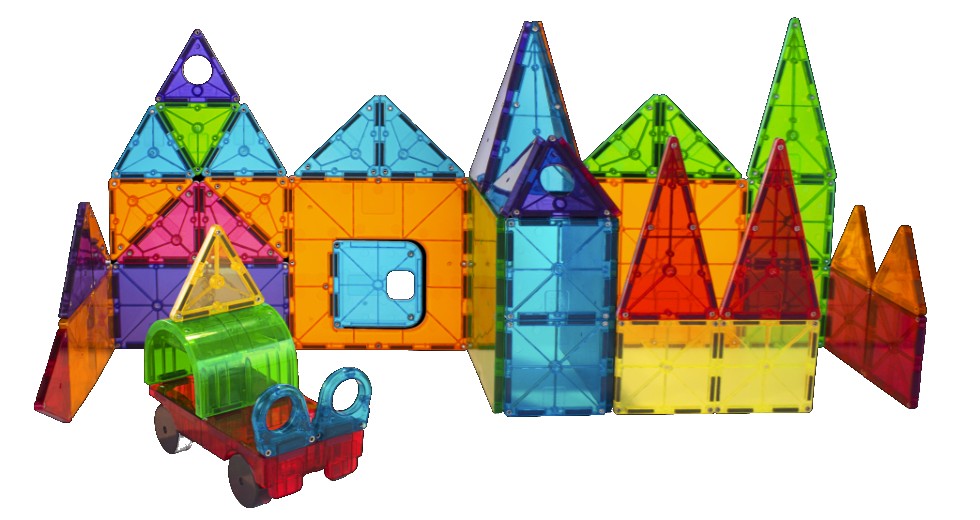In recent years, special needs education has witnessed a remarkable advancement in the form of socially assistive robots. One such innovation is QTrobot, developed by LuxAI, which has the potential to revolutionise the way we support students with autism spectrum disorder (ASD) in special educational needs (SEN) schools. With a price tag starting at £2,500 for schools, this investment could yield significant benefits for students and educators.
The Theoretical and Practical Promise
The use of socially assistive robots like QTrobot is grounded in established AI theories, such as knowledge representation, which enables robots to model and consider the mental states of others – a critical component of social interaction that is often impaired in individuals with ASD. Moreover, QTrobot’s versatile and programmable nature allows it to teach academic and social-emotional skills in an engaging, predictable manner that aligns perfectly with the learning preferences of children with ASD.
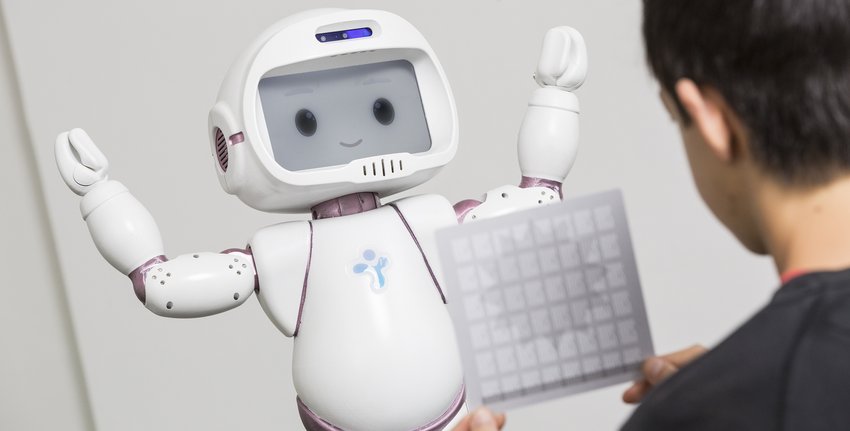
Enhancing Emotional Skills Learning
QTrobot’s emotional skills curriculum is a prime example of how this technology can effectively teach complex emotional skills to children with ASD. By breaking down these skills into smaller, teachable units and employing evidence-based teaching strategies, QTrobot creates an optimal learning environment. The robot’s simple, predictable interactions keep children engaged and attentive, while its non-threatening presence helps reduce anxiety and restrictive behaviours.
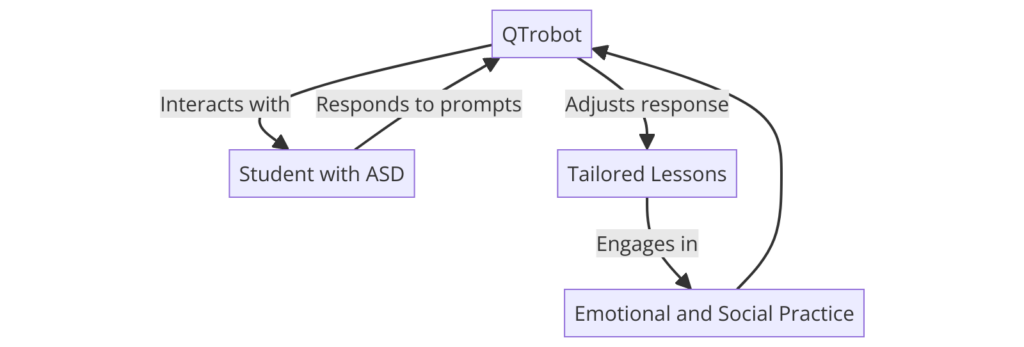
Addressing Educational Challenges
Preliminary research suggests that QTrobot can ameliorate core challenges faced by children with ASD in educational settings. Studies have shown that children with ASD exhibit increased visual attention, more positive affect, and fewer repetitive behaviours when interacting with robots than humans. By creating these improved learning conditions, QTrobot can potentially enhance educational outcomes for students with ASD.
A Call for Responsible Implementation
Preliminary research suggests that QTrobot can ameliorate core challenges faced by children with ASD in educational settings. Studies have shown that children with ASD exhibit increased visual attention, more positive affect, and fewer repetitive behaviours when interacting with robots than humans. By creating these improved learning conditions, QTrobot can potentially enhance educational outcomes for students with ASD.
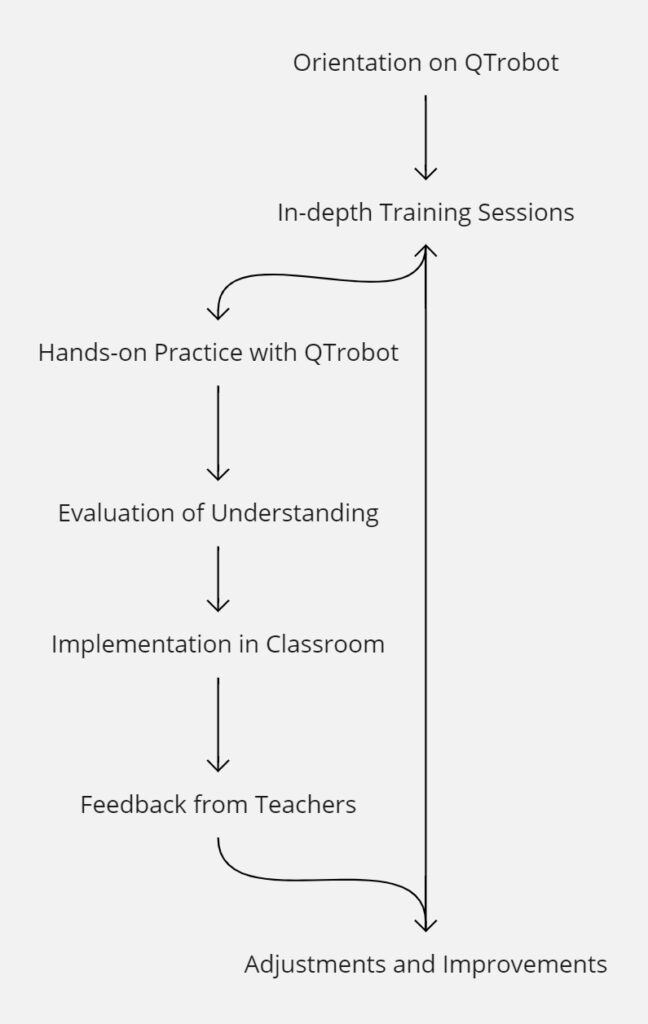
In conclusion, socially assistive robots like QTrobot represent a promising frontier in special needs education. By harnessing the power of AI to create engaging, predictable learning environments tailored to the unique needs of students with ASD, we can empower educators to provide more effective support and ultimately improve outcomes for these learners. As we move forward, let us embrace this technology with an emphasis on ethical use, stakeholder involvement, and managed expectations and witness the transformative impact it can have on children with ASD.
